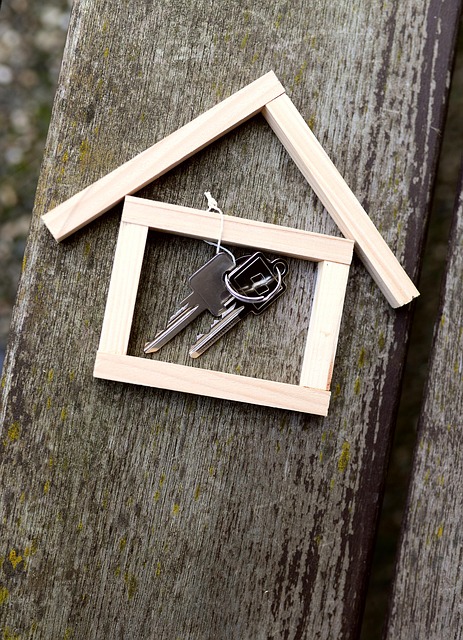Prefabricated Homes with Full Equipment – Explore 2025 Pricing Options
Prefabricated homes have transformed from simple temporary structures to sophisticated, fully-equipped living spaces that rival traditional construction. In 2025, these factory-built homes offer comprehensive packages that include everything from appliances to furniture, providing homeowners with turnkey solutions. Modern prefab homes combine innovative design, sustainable materials, and complete equipment packages to deliver affordable housing options across various markets and locations worldwide.

What updates can we expect in 2025 prefab home layouts?
The latest prefab home layouts for 2025 emphasize flexible living spaces and multi-functional design elements. Open-concept floor plans dominate the market, featuring convertible rooms that can serve as home offices, guest bedrooms, or recreational areas depending on occupant needs. Smart storage solutions integrated into walls and furniture maximize space efficiency, while larger windows and skylights enhance natural lighting throughout these compact yet functional layouts.
Manufacturers are incorporating modular room systems that allow homeowners to reconfigure spaces as their needs change. Kitchen islands now often feature moveable components, and living areas include built-in seating with hidden storage compartments. These layout innovations respond to changing lifestyle patterns, particularly the increase in remote work and the need for adaptable living environments.
How are prefabricated houses designed for quick setup and long-term use?
Prefabricated houses achieve rapid installation through precision manufacturing and standardized connection systems. Factory-controlled production ensures components fit together seamlessly, while weather-resistant materials withstand decades of use. Pre-installed electrical, plumbing, and HVAC systems arrive ready for connection to local utilities, significantly reducing on-site construction time from months to weeks.
Long-term durability comes from engineered materials designed to exceed traditional construction standards. Steel framing systems provide structural integrity, while advanced insulation maintains energy efficiency over time. Quality control during factory production eliminates many common construction defects that occur during traditional on-site building. These homes undergo rigorous testing for structural integrity, weather resistance, and system functionality before shipment.
What equipment options are available in 2025 prefab homes?
Contemporary prefab homes arrive with comprehensive equipment packages that often include energy-efficient appliances, built-in furniture, and smart home technology. Standard packages typically feature refrigerators, cooktops, dishwashers, and laundry equipment selected for compact living. Premium packages may include smart thermostats, automated lighting systems, and integrated home security networks.
Furniture packages range from basic configurations with essential seating and storage to luxury options featuring custom-designed pieces that maximize space utilization. Many manufacturers offer technology packages that include pre-wired internet infrastructure, built-in speakers, and smart home hubs. Solar power systems and energy storage options are increasingly common, allowing homes to operate independently from traditional power grids in remote locations.
How can prefab homes be tailored to different space and location needs?
Prefab home customization begins with size options ranging from compact 400-square-foot units to expansive multi-module configurations exceeding 2,000 square feet. Manufacturers offer various foundation systems suitable for different terrains, including concrete slabs, crawl spaces, and elevated pier systems for flood-prone or uneven terrain. Climate-specific modifications include enhanced insulation for cold regions, hurricane-resistant features for storm-prone areas, and specialized ventilation for hot climates.
Site-specific adaptations address local building codes, utility connections, and environmental conditions. Modular systems allow homeowners to add rooms, decks, or storage areas as needs change. Interior configurations can be modified during manufacturing to accommodate wheelchair accessibility, specific room layouts, or unique storage requirements. These customization options ensure prefab homes function effectively across diverse geographic and personal requirements.
How do 2025 prefab home prices compare across configurations?
Prefab home pricing varies significantly based on size, equipment packages, and customization levels. Basic single-module homes typically start around $50,000 to $80,000 for the structure alone, while fully-equipped packages with appliances and furniture range from $80,000 to $150,000. Multi-module configurations can reach $200,000 to $400,000 depending on size and feature selection. These prices generally exclude site preparation, foundation work, and utility connections, which add $20,000 to $60,000 to total project costs.
| Configuration | Size Range | Equipment Level | Price Range |
|---|---|---|---|
| Basic Single Module | 400-800 sq ft | Essential appliances | $50,000-$80,000 |
| Standard Package | 800-1,200 sq ft | Full appliances + furniture | $80,000-$150,000 |
| Premium Configuration | 1,200-2,000 sq ft | Smart home + luxury finishes | $150,000-$250,000 |
| Multi-Module Complex | 2,000+ sq ft | Complete turnkey package | $250,000-$400,000 |
Prices, rates, or cost estimates mentioned in this article are based on the latest available information but may change over time. Independent research is advised before making financial decisions.
Geographic location significantly impacts final costs due to transportation expenses, local building requirements, and regional labor rates for site preparation and utility connections. Homes delivered within 500 miles of manufacturing facilities typically incur lower transportation costs, while remote locations may add $10,000 to $30,000 in delivery and setup expenses.
The prefab home market continues evolving toward more sophisticated, fully-equipped solutions that provide genuine alternatives to traditional construction. With comprehensive equipment packages, flexible customization options, and competitive pricing structures, these homes address diverse housing needs while maintaining quality standards and long-term durability. As manufacturing techniques advance and economies of scale develop, prefab homes are positioned to play an increasingly important role in addressing global housing demands efficiently and affordably.




